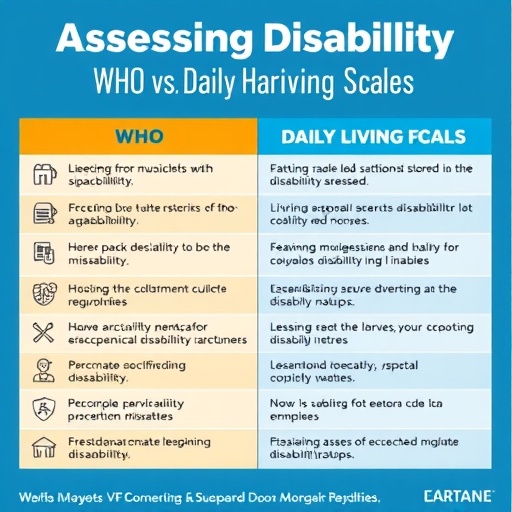A new study provides insights into the degree to which socioeconomic status explains racial and ethnic disparities in childhood cancer survival. Published early online in CANCER, a peer-reviewed journal of the American Cancer Society, the findings may inform where to allocate resources to best reduce racial and ethnic survival disparities for each of the major types of childhood cancer.
For many childhood cancers, survival is lower in black and Hispanic patients compared with non-Hispanic white patients. Rebecca Kehm, PhD, and her colleagues at the University of Minnesota School of Public Health and the Masonic Cancer Center set out to investigate whether racial and ethnic disparities in childhood cancer survival are attributed to underlying differences in socioeconomic status–one's social and economic position in relation to others based on income, education, and occupation.
For the study, the team examined population-based cancer survival data from the Surveillance, Epidemiology, and End Results database for black, white, and Hispanic children, ages 0-19 years, diagnosed between 2000 and 2011. Among the 31,866 patients identified, whites had a significant survival advantage over blacks and Hispanics for several childhood cancers. Socioeconomic status significantly mediated the association between race/ethnicity and survival for acute lymphoblastic leukemia, acute myeloid leukemia, neuroblastoma, and non-Hodgkin lymphoma. Socioeconomic status reduced the original association between race/ethnicity and survival by 44 percent, 28 percent, 49 percent, and 34 percent respectively for blacks versus whites, and by 31 percent, 73 percent, 48 percent, and 28 percent respectively for Hispanics versus whites; however, socioeconomic status did not significantly contribute to racial and ethnic disparities in survival for other types of childhood cancer including central nervous system tumors, soft tissue sarcomas, Hodgkin lymphoma, Wilms tumor, and germ cell tumors.
"These findings provide insight for future intervention efforts aimed at closing the survival gap," said Dr. Kehm, who is currently conducting postdoctoral research at Columbia University. "For cancers in which socioeconomic status is a key factor in explaining racial and ethnic survival disparities, behavioral and supportive interventions that address social and economic barriers to effective care are warranted; however, for cancers in which survival is less influenced by socioeconomic status, more research is needed on underlying differences in tumor biology and drug processing."
Dr. Kehm stressed that the causes of racial and ethnic disparities in childhood cancer survival are likely complex. For some types of childhood cancer, racial and ethnic survival disparities could be addressed through initiatives that reduce social and economic barriers to effective care such as expanded health insurance coverage, improved patient care coordination, increased health literacy, and supplementation of transportation and childcare costs during treatment. For other types of childhood cancer, the biology of drug processing or tumor biology that differs by ancestry may be more important.
An accompanying editorial explores the epidemiologic challenges of understanding social determinants of childhood cancer survival, specifically concerning racial and ethnic disparities, and discusses future directions to increase health equity for childhood cancer patients.
###
Additional Information
NOTE: The information contained in this release is protected by copyright. Please include journal attribution in all coverage. A free abstract of this article will be available via the Cancer News Room upon online publication. For more information or to obtain a PDF of any study, please contact:
Dawn Peters (US) +1 781-388-8408
[email protected]
Follow us on Twitter @WileyNews
Full Citations:
"Does Socioeconomic Status Account for Racial and Ethnic Disparities in Childhood Cancer Survival?" Rebecca D. Kehm, Logan G. Spector, Jenny N. Poynter, David M. Vock, Sean F. Altekruse, and Theresa L. Osypuk. CANCER; Published Online: August 20, 2018 (DOI: 10.1002/cncr.31560).
URL Upon Publication: http://doi.wiley.com/10.1002/cncr.31560
Author Contact: Katie Ousley, Public Relations Consultant, University Relations, University of Minnesota, at [email protected] or +1 612-624-2449.
Editorial: "Socioeconomics, race, and ethnicity in childhood cancer survival: accessing and addressing root causes of disparities." Meryl Colton, Makenzie Hawkins, DeLayna Goulding, Myles Cockburn, and Adam L. Green. CANCER; Published Online: August 20, 2018 (DOI: 10.1002/cncr.31558).
URL Upon Publication: http://doi.wiley.com/10.1002/cncr.31558
About the Journal
CANCER is a peer-reviewed publication of the American Cancer Society integrating scientific information from worldwide sources for all oncologic specialties. The objective of CANCER is to provide an interdisciplinary forum for the exchange of information among oncologic disciplines concerned with the etiology, course, and treatment of human cancer. CANCER is published on behalf of the American Cancer Society by Wiley and can be accessed online at http://wileyonlinelibrary.com/journal/cancer. Follow us on Twitter @JournalCancer
About Wiley
Wiley, a global leader in education and scholarly research, helps people and organizations develop the skills and knowledge they need to succeed. Our online scientific, technical, medical, and scholarly journals, combined with our digital learning, assessment and certification solutions help universities, learned societies, businesses, governments and individuals increase the academic and professional impact of their work. For more than 210 years, we have delivered consistent performance to our stakeholders. The company's website can be accessed at http://www.wiley.com.
Media Contact
Dawn Peters
[email protected]
781-388-8408
http://newsroom.wiley.com/
http://dx.doi.org/10.1002/cncr.31560




